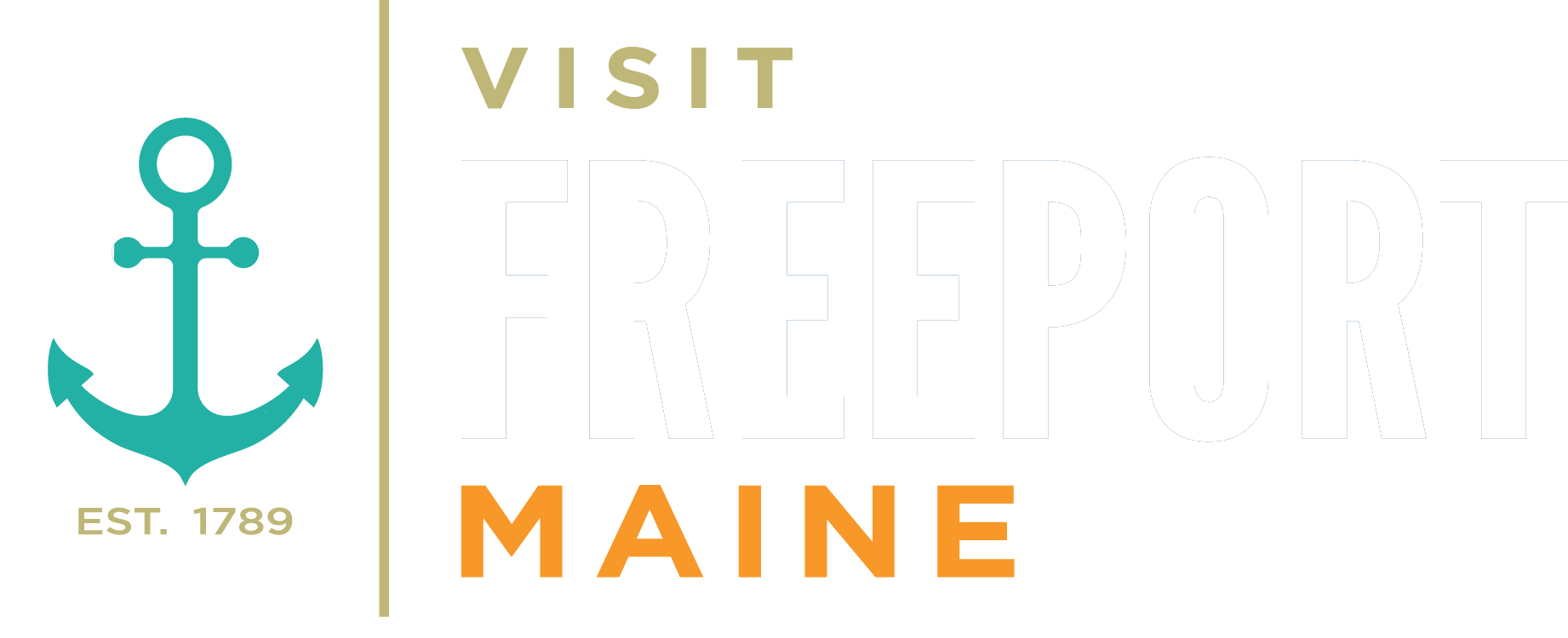

Home » Cruise Industry
Eric Crandall
Waterfront Security and Ops Manager
City of Portland
ecrandall@portlandmaine.gov
c: +1 (207) 232-6590
CHART —13292
LAT43°39’32″N LON70°14’43″W
Up to 1100’ vessels
Up to 5,000 passengers
Ports America Inc.
Jack Humeniuk
207-772-0113
Jack.Humeniuk@portsamerica.com
Full time ship assists tugs up to 3,500 HP
Contact Info:
Portland Tugboat Company
207- 772–8319
Weather
Portland has very pleasant Summers and falls with cold Winters. The wettest month is November with about 5 inches (127 mm) of rain. July and August are driest each averaging 2.9 inches (74 mm) of rain. Winds are quite light with the highest velocities being confined mostly to April and May. The prevailing winds are Southerly during the Summer and Northerly during the Winter. Fogs occur most frequently June – September but happen each month of the year. The warmest month is July with an average high of 79 °F and an average low of 58 °F. The coolest month is January with an average high of 31 °F and an average low of 12 °F.
The Coast Guard recommends a minimum under-keel clearance as follows:
8’ – 12’
1.1 knots (0.9 knots at MLW)
Pilotage is compulsory for all foreign vessels and U.S. vessels under register in the foreign trade drawing over 9’.
The pilot boarding area with a 2-mile radius is centered at 43°31’36.6″N., 70°05’30.0″W (Papa Buoy). The distance from the Pilot Station to the berth is approximately 9 miles.
Contact Info:
Portland Pilots Inc.
(207) 774–5623
N/A




© Cruise Portland Maine all rights reserved 2025. Designed by Portland Website Company ©.
If you are using a screen reader and are having problems using this website, please contact us.